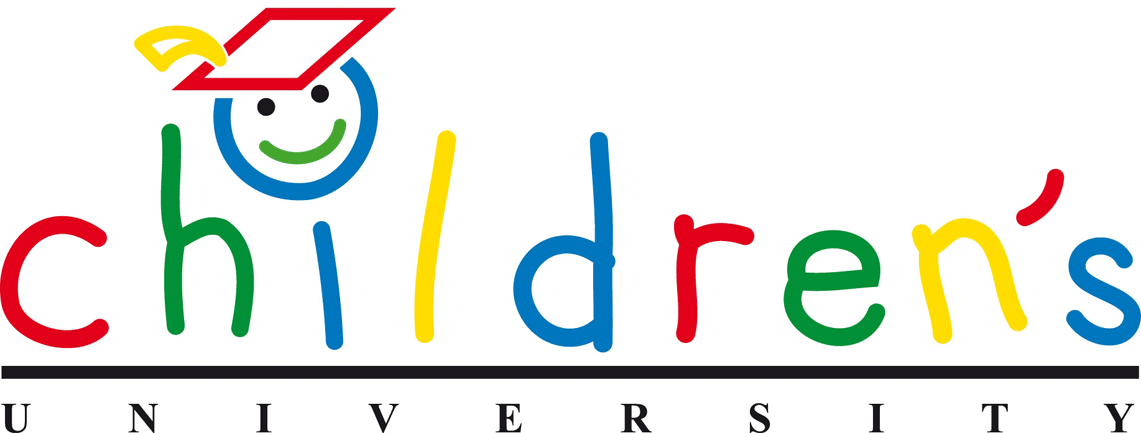
About us
Our story is in its early stages, but there's already plenty to share, from the projects that formed the foundation of ootiboo to the people bringing it all to life.
The Team
Partnerships
Our beginnings
Funding
The Team
Partnerships
Our beginnings
Funding
Co-founder Angus Cameron reveals how ootiboo came to be…
ootiboo can trace its roots back to a beach in Folkestone on the Kent coast, one sunny day in May 2018. I am not one for sunbathing, so while my wife relaxed in the sun with a good book, I started drawing some spirals in the sand. These grew and grew and caught the attention of passers-by. It was simple, fun to do, and an interesting fitness exercise.
Spirals on Sunny Sands beach in Folkestone
A few weeks later, a chance meeting introduced me to local illustrator Ben Braudy who, unbeknownst to me, lived on the same street I did. We kept in contact and started to uncover other practicing creatives who also lived on our street, including Timea, an artisan soap maker. It was Timea who suggested setting up a Whatsapp group to keep in touch; but what to call it? Naming it after our shared street felt right, and the East Cliff Creatives (ECC) was born.
Over time our little community grew. By early 2019 we had over 50 members and boasted a really eclectic range of creative skills. To help build local awareness we wanted a way to reach out to the wider community. So what was a free, simple, effective way to grab people's attention? Yep, you guessed it: Sand Art!
We were fortunate to have a large sandy beach on our doorstep. With a 6am start one morning, Ben and I headed out to create our first collaboration. Three hours later, after dragging our heels through the sand, we were done! Joggers and dog walkers took snaps and our creation popped up on social media.
Beach squares with Ben
Being tidal, within a couple of hours our creation washed away. We are often asked, why do all that work for such a temporary artwork? Weirdly, I like it. A bit like an Etch-a-sketch toy where you draw a picture, admire it, then wipe it clean so you have a blank canvas to try something new. Endless possibilities. For us, the photographs and posts on social media provided the artwork’s legacy.
Over time, we returned again and again to the beach, developing more complex designs, finding tools to make our life easier, understanding the tides and best conditions to draw, and finding volunteers as crazy as we were to join in. Drone photography really captured the scale of what we were creating. It was tiring, but a lot of fun!
These beach antics led to our first big collaboration, the Beach Poppies. We partnered with local creative agency Screen South and together were able to obtain funding from the National Lottery Heritage Fund. We based our project around the celebrations for the 100th anniversary of the true end to WW1, the signing of the Treaty of Versailles on 28 June 1919. Here, creativity acted as a vehicle to reveal and share local history of that time with the community. The war is an important part of Folkestone’s history, as it was one of the key ports for troops heading to mainland Europe to fight, and for refugees seeking asylum from the conflict.
From sand to pebbles
The project was a massive leap from playing in the sand. Over 48,000 pebbles from a nearby pebble beach were collected and hand-painted by over 2,500 volunteers including 1,200 school children. By adding personal designs to the pebbles, participants built a more personal connection to the project. Many did not see themselves as artists, but the entire endeavour was all about inclusion: anyone could have a go, and their contribution became part of a larger artwork.
Despite all the challenges thrown at us, all the pebbles were painted just in time for Ben and I to head to Belgium to lay an extra Pebble Poppy in the Mons Memorial Museum. There are strong ties connecting Belgium with our hometown, as Folkestone had supported the refugee operation and, after the war, assisted in the rebuilding of Belgian towns. As soon as the poppy was complete we dashed back to Folkestone ready to construct our seven poppies on the pebble beach.
Construction began early Saturday morning with a team of volunteers - including my 86 year old father - and we completed ahead of schedule around midday on Sunday, in time to enjoy the Red Arrows display that was part of the wider celebrations by the town.
The project attracted local attention and became part of the scenery for a while. However, this was designed to be a temporary artwork. The paint for the pebbles was a specialist eco-friendly formula that faded over time; and exposed to the elements and people it should naturally disintegrate.
Curiously, this took a lot longer than expected. I remember walking past the artwork a few weeks after the event and watching random people stop to replace dislodged stones while others searched for their designs. By involving the community and being inclusive, a real sense of ownership had evolved.
Following the success of the Pebble Poppies, ECC developed more community-based projects. These included a project with the Holocaust Memorial Day Trust to tackle the difficult subject of genocide with primary school children, and a project to highlight the work of Rotary International and the Gates Foundation to eradicate polio around the globe. Another project, Collaboreggs, where anyone could share arty and whacky egg designs for Easter, is now part of ootiboo.
From pebbles to paper
I really believe in this thought: if you don’t get out there, nobody knows you exist.
To prove this, in late 2020, ECC was contacted by Sarah Bates, who worked for an international children's book publisher. This was the second key moment in our ootiboo story. Sarah, who lived in Folkestone, was aware of ECC’s beach art and Pebble Poppies. She was working on the rebranding of her company and wanted to engage children in a community activity around the joy of reading to help celebrate the launch of the company’s new name, Farshore. With that name in mind, a beach-orientated theme was a natural fit, and she made the connection to ECC.
Initially, Sarah imagined an event down on the beach. However, the launch was in March, and with the unpredictability of the British weather we looked for other possibilities. Our creative process resulted in the Paper Beach project.
Children shared their love of reading by answering a simple question - where does reading take you? - on a single sheet of A4 paper. They could write or draw their response to the question.
While entries were being collected from schools and individuals around the UK and beyond, local artist Halyey Restall produced a painting of a stylised imaginary beach to act as the backdrop for the messages. The painting was digitised, scaled up, and split into over 3,000 fragments (each the size of an A4 sheet of paper). The team then composited the thousands of messages from kids and grown-ups on to each fragment of the design.
The big reveal took place on a film soundstage in London, where the team placed the 3,000 plus pages on the studio floor to recreate the painting. This took six hours with a live stream into schools, so they could follow our progress throughout the day.
We completed our well-rehearsed plan almost to the minute and for the first time the new logo for Farshore was revealed to the public.
From paper to ootiboo
Following the success of Paper Beach, Sarah and I started to discuss the potential of future collaborations. ootiboo started to take shape, although back then it was called ICYM (Inspiring creative young minds).
These discussions evolved into a more formal partnership, and with development funding from Farshore we began to build the ootiboo initiative together.
So why is our ootiboo company based in Berlin? Well, this is where my good friend Kathleen, joins the story. I met Kathleen in my previous creative life of 3D filmmaking and virtual reality, at conferences and events from the US to China. We became good friends and kept in touch over the years. When I explained my latest creative venture she was intrigued and began to see an opportunity to work together. Over the next few months we devised a plan. Kathleen introduced me to two colleagues from her previous job, Ina and Hendrik, who ultimately helped shape what ootiboo has become.
In November 2021 I flew to Berlin, negotiating the various COVID travel requirements, to meet Kathleen, Hendrik and Ina. We finalised our plan, and as the four co-founders, officially registered our ootiboo company.
Signing the papers to bring ootiboo to life
So from a bit of fun on the beach in Folkestone in the Spring of 2018 this story ends with my signature on a document in a lawyer’s office in Berlin in the Autumn of 2021, to formally bring ootiboo into the world. But of course, this is just the beginning of the next chapter!



